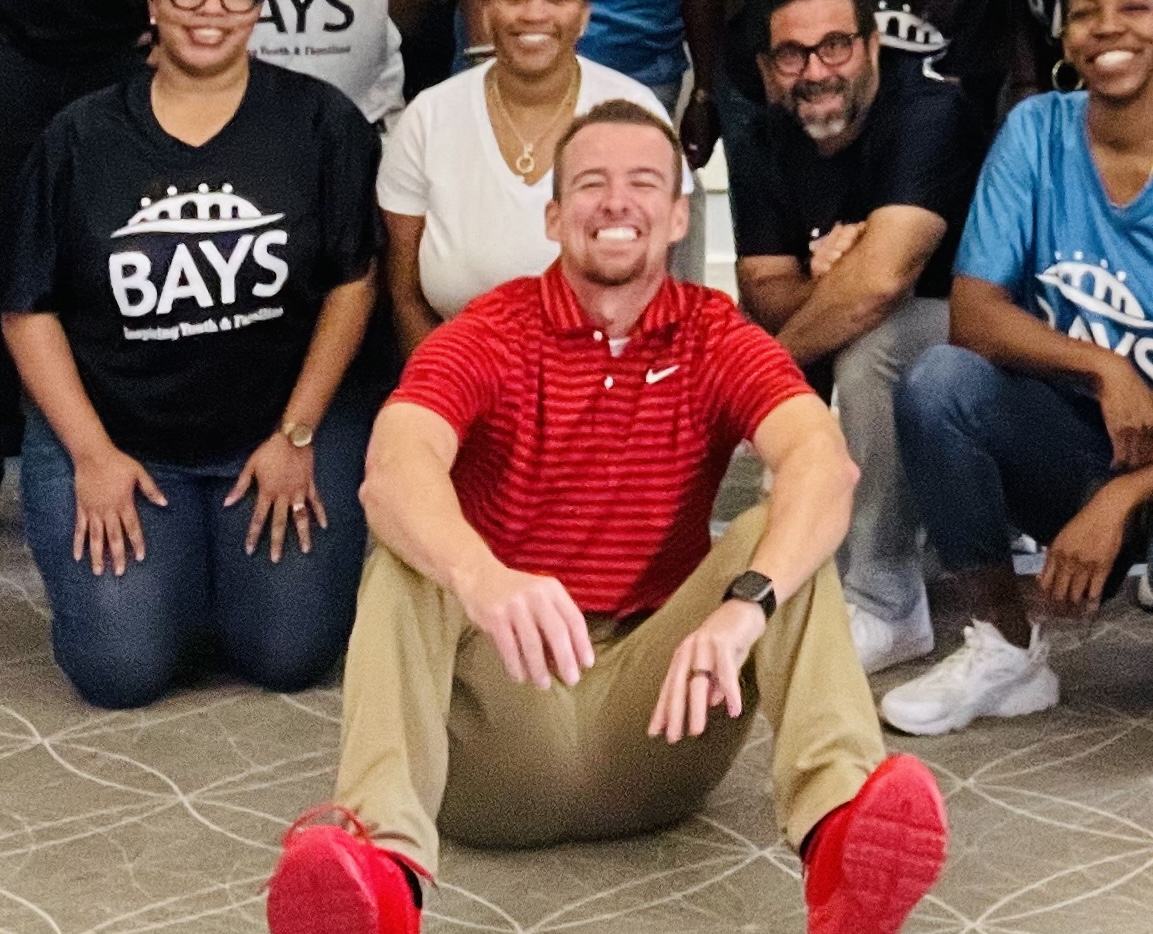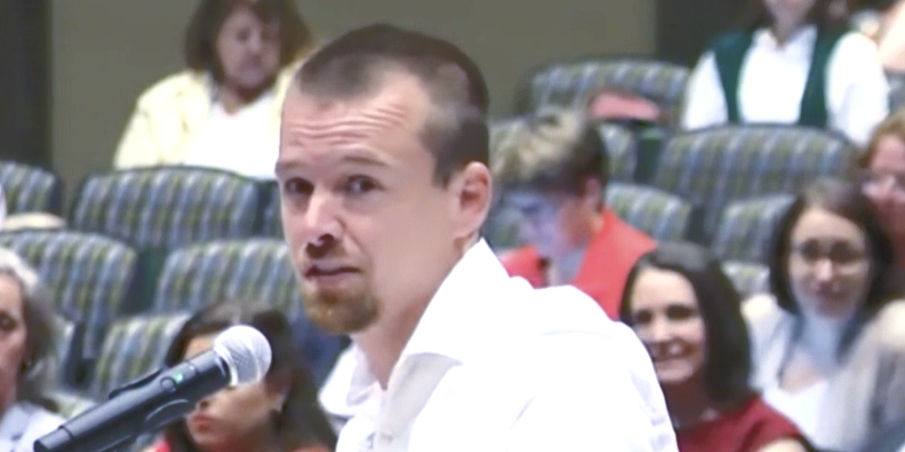9 Ways to be more Patient with People (and Yourself)
- Curtis Campogni

- Nov 20, 2023
- 4 min read
On November 20th, 2022, I thought I understood what it meant to be patient.
Three hundred sixty-five days later, I am writing this blog with an understanding that patience is not just trusting the process; it's how you behave when it doesn't go your way.
In this article, I will discuss 9 ways to add patience to your personality and explain how to manage your mind in the most emotionally challenging times.
(Before reading any further, look at the clock and do not proceed until 1 minute has passed. Do not browse social media, scroll through your phone, or watch TV. Just wait.)
Now that 60 seconds have passed, I have a question.
If you know what needs to happen, why be patient in waiting for it to happen?
Our personal and professional lives are run by Twitter, microwaves, same-day shipping, and binge-watching, so why push ourselves to be patient?
First, if you follow #Speak4MC, you know our mission is to influence sustainable change. To do this, the ability to self-reflect, analyze, and make decisions that align with big-picture goals is mandatory.
Thus, to be considered a critical thinker who practices empathy and influence, patience has to be one of your superpowers.
If you're going to help inspire change and improve the world around you, a microwave won't do it.

Even though our impatient "gut" reaction might feel correct, shifting our thinking from motivated reasoning to critical thought gives us power in the most emotionally charged situations.
Yes, you will ultimately make choices based on "gut feelings," but patience allows us to avoid landmines, biases, and blind spots when emotionally triggered.
(Before reading further, find a clock and stare at it for 2 minutes. Do nothing else but wait.)
Did you wait? If so, what was going through your mind?
If you have a wife, husband, child, co-worker, pet, or chatty neighbor, you have likely had to demonstrate patience in some form.
It is also possible that your most extended, meaningful relationships are the ones you give the most patience to.
Why?
Because providing someone grace, patience, and time is the most precious gift you can give.
Few would argue that practicing impatience promotes positive relationships. Only prioritizing what you believe needs to happen and at the speed you expect leads to isolation, resentment, and tense interactions.
However, fostering loving and meaningful relationships is possible because of the power of patience.
Whether with your children, significant others, or relatives, not giving someone autonomy over their own pace creates distrust and feelings of disrespect.
Consider the relationships you are loyal to; those individuals likely provide you with grace and patience when you most need it.
Ok.......... let's be honest.
If you read this article, you see value in patience but perhaps find it challenging to practice.
Therefore, you have come here for the "9 Things", not a lecture.
I appreciate your patience.
Here are nine ways to be more patient.
1. Recognize triggers: Identify situations that typically test your patience. By recognizing these triggers, you become better equipped to manage your emotional responses.
Don't allow an emotional outburst to go wasted. Self-reflect and evaluate why a situation or person triggered you and how you can avoid similar reactions in the future.
2. Practice mindfulness: Cultivating mindfulness can help you stay present and reduce impatience. Engage in deep breathing exercises or meditation to calm your mind and increase self-awareness.
Studies show that deep breathing can help regulate the fight or flight response, causing you to recognize nuance and make choices that better align with your core values.
3. Reframe your perspective: Instead of viewing frustrating situations as obstacles, try to see them as opportunities for growth and learning. Reframing your perspective will enable you to approach challenges more patiently and positively.
You control your response to failure 100% of the time.
4. Set realistic expectations: Unreasonable expectations can lead to frustration and impatience. Set achievable goals and accept that only some things will go according to plan.
Perhaps the most common cause for resentment in relationships is one person's expectations not matching the other person's reality.
5. Learn to tolerate discomfort: Patience often requires enduring pain. Practice gradually exposing yourself to situations that test your patience, tolerating despair in small increments to build resilience.
A patient person is a resilient one.
6. Practice active listening: Actively listen to others without interrupting, genuinely trying to understand their perspective. This practice fosters empathy and helps you to be more patient and compassionate.
7. Develop relaxation techniques: When faced with impatience, practice relaxation techniques such as deep breathing, progressive muscle relaxation, or taking a short walk. These techniques can help alleviate stress and promote patience.
The more unresolved and built-up tension you have, the more difficult it will be to be patient.
8. Celebrate progress: Acknowledge and reward yourself when you successfully exercise patience. This positive reinforcement encourages continued efforts.
If you are not proud of your efforts, why should anyone else be?
9. Seek support from others: Surround yourself with patient individuals or seek guidance from mentors who possess this trait. Their influence can be instrumental in maintaining your patience.
Patience is often a team sport, so allow the people around you to help.
In short, developing patience is an ongoing process that requires self-reflection, practice, and a commitment to change. You can gradually become more patient by incorporating the techniques and strategies outlined in this guide.
The question is:
Are you willing to be patient as you learn to become more patient?
You got this!
Disclaimer
*Statements on this blog reflect the author's personal opinions and do not represent any other person, company, or organization. The purpose of this blog is general knowledge and to bring awareness to tools, techniques, people, and organizations that bring about positive change. The reader is strongly encouraged to perform independent research about the topics discussed.












Comments